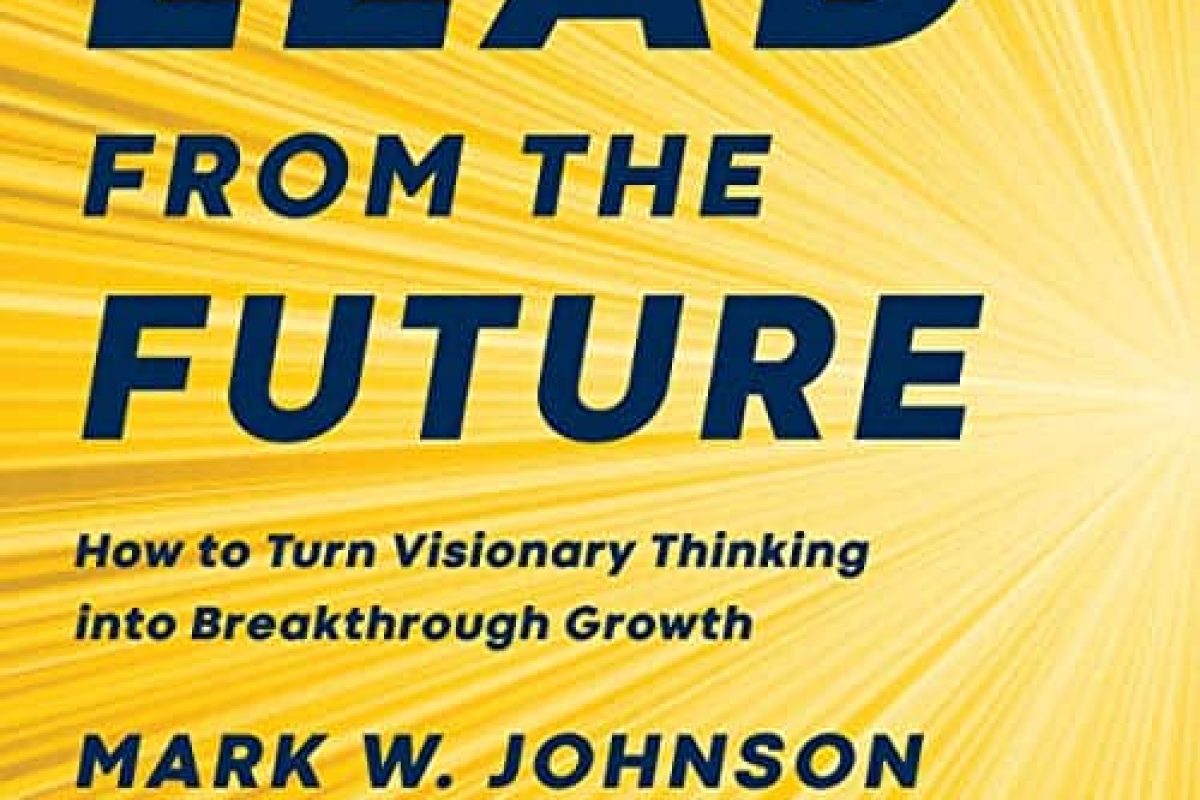In “Lead From The Future: How to Turn Visionary Thinking into Breakthrough Growth,” authors Mark W. Johnson and Josh Suskewicz offer a blueprint for leaders aiming to navigate the complexities of business innovation in a rapidly evolving landscape. This book doesn’t just ask you to consider what’s coming next; it provides you with the tools and methodologies to actively shape that future.
One of the key strengths of this book is its practical focus on “future-back” thinking. Johnson and Suskewicz argue that traditional business strategies often suffer from “present-forward” planning, which confines innovation within the bounds of current capabilities and market conditions. The future-back approach, on the other hand, begins by defining a long-term vision and then reverse-engineers the steps required to achieve that outcome. The authors provide an actionable framework for applying this kind of thinking, which is invaluable in a business environment marked by uncertainty and disruption.
The case studies in the book add flesh to the theoretical bones. By examining a variety of companies and scenarios, the authors illustrate how the future-back model can be applied across different industries and scales of operation. These real-world examples not only make the text more engaging but also serve as practical guides for implementing the book’s concepts.
Furthermore, the book addresses the human element of innovation. It delves into the leadership skills necessary to guide a team or an organization towards a long-term vision, acknowledging the emotional and psychological hurdles that often accompany transformative changes. This well-rounded approach ensures that the reader isn’t just equipped with strategic insights but also understands the soft skills required for effective implementation.
However, the book has room for improvement. It focuses significantly on the benefits and the “how-to” of future-back thinking but gives less attention to potential pitfalls and challenges. While the methodology is compelling, a more balanced view that also explores when and why such approaches might fail would offer a more nuanced perspective to readers.
Additionally, the book tends to gravitate towards large-scale enterprises and corporations, leaving smaller businesses and startups somewhat out of the discussion. Given that these smaller entities often operate under constraints that make future planning particularly challenging, some tailored insights would have been beneficial.
In conclusion, “Lead From The Future” is a thought-provoking and practical guide for anyone involved in business strategy and leadership. It offers a compelling alternative to traditional planning methods, encouraging leaders to embrace a more visionary form of strategy that’s built for long-term success. While it could delve deeper into the challenges and limitations of the approach, the book is nonetheless an invaluable resource for those looking to lead their organizations into a future of breakthrough growth.




